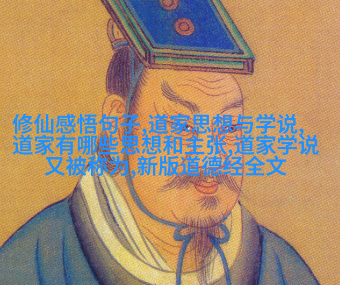在宋代,瓷器艺术已臻完美,其宁静典雅、含蓄自然的风格,如同春水明月、绿云薄冰,激发了人们对美的无限遐想。我们既赞叹其完美,也要探索那藏于表象之下的精神世界,这是理解宋瓷精神的钥匙。

郑樵在《通志》提出了“制器尚象”说,他认为人们创造瓷器既是为了实用,也是为了“有所取象”,即寄寓某种意境。《易》云:“形而上者谓之道,形而下者谓之器”,而宋瓷则实现了中国艺术中最高境界——道器合一。器亦道,道亦是器。
在这种背景下,宋代人从立国初期就推行偃武修文政策,使整个社会充满文化教养和对“郁郁乎文哉”的氛围沉醉。而统治者也大力推崇和发展了道教,使其深入人心。

随着文化传播往往诉诸于符号,瓷器作为日常生活不可或缺的用具,也成为了传播思想与文化的物质载体。因此,我们把宋代瓷器由造物产生的造型提升到更高层次来认识。
在与少数民族政权频繁交战后,每次战争几乎都以失败告终,然后就是割地赔款、送礼求和。在这样的环境下,唐人的豪迈气概荡然无存,而宋人则收回内心企盼与搜寻,为内心反视与自省调息,并引导个体探求内心世界,从而将审美情感过滤并提纯到极致。这不仅追求外在物象恢宏博大、苍茫浑厚,更非炽热情感发扬蹈厉或仗剑走天涯,不是艺术造境波涛起伏汹涌澎湃,而是在某种情景观照、某种情绪体贴及宇宙人生细腻品味历史领悟。

修文偃武政策以及不断收缩疆域,让宋人的心灵变得内向,同时使得宋文化温文尔雅婉转妩媚精致细密,其艺术特质转向注重意态神韵典雅平淡。梅瓶便是一例,小口细颈肩部圆润收腹敛足如玉立少女娇艳不轻佻娇答含羞端庄妩媚令人神往曲线直线变化结合方圆相融秀美端庄但始终不是张扬外向博大的,而是不露锋芒羸弱正映射出唐代追求外部事功个性唐人的外向博大与Song dynasty's pursuit of inner refinement and quietness.
通过这些装饰方式,Song people escaped from the spiritual shackles of being ruled by external objects, allowing their minds to be liberated and purified, achieving a state where individuals are in harmony with the universe, or the Dao. The ceramics' shapes were designed to be controlled, playable, touchable, and manipulatable; this reflects Song scholars' pursuit of self-control and balance between heart-nature morality and physical nature. Additionally, due to constant wars against neighboring countries that exerted immense psychological pressure on the population, Song ceramics tended towards smaller sizes as if they were seeking control within a limited space.

The aesthetics of Song porcelain also reflect Daoist ideas. Following Lao-Zhuang philosophy's emphasis on natural beauty over artificial embellishments, Song porcelain sought simplicity in coloration without excessive ornamentation. This is exemplified by the celadon glaze that was highly prized during this period. Celadon represented an idealization of natural colors as opposed to artificially created hues. It was considered a representation of heaven's original color palette—thus embodying Daoist principles such as "People follow Earth; Earth follows Heaven; Heaven follows Dao."
In conclusion, through its design and aesthetic features—such as small size for better control—the ceramic art form became an embodiment not just of beauty but also spiritual ideals reflecting Chinese philosophical thought particularly Taoism during that era.




